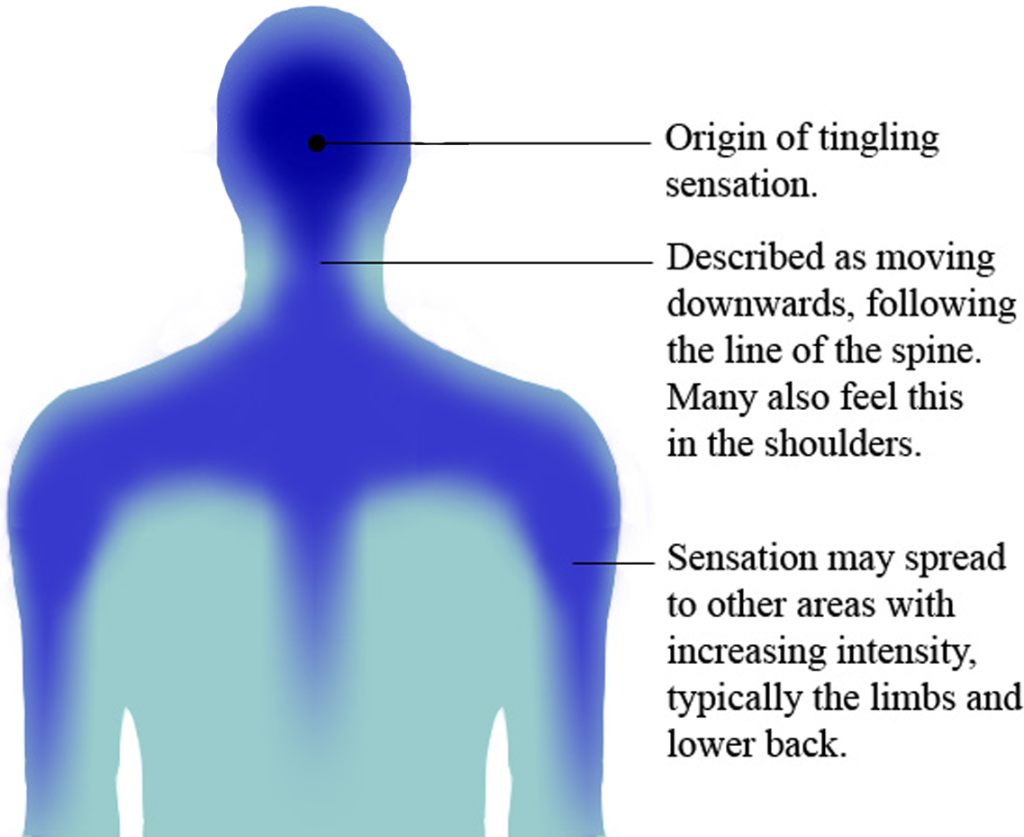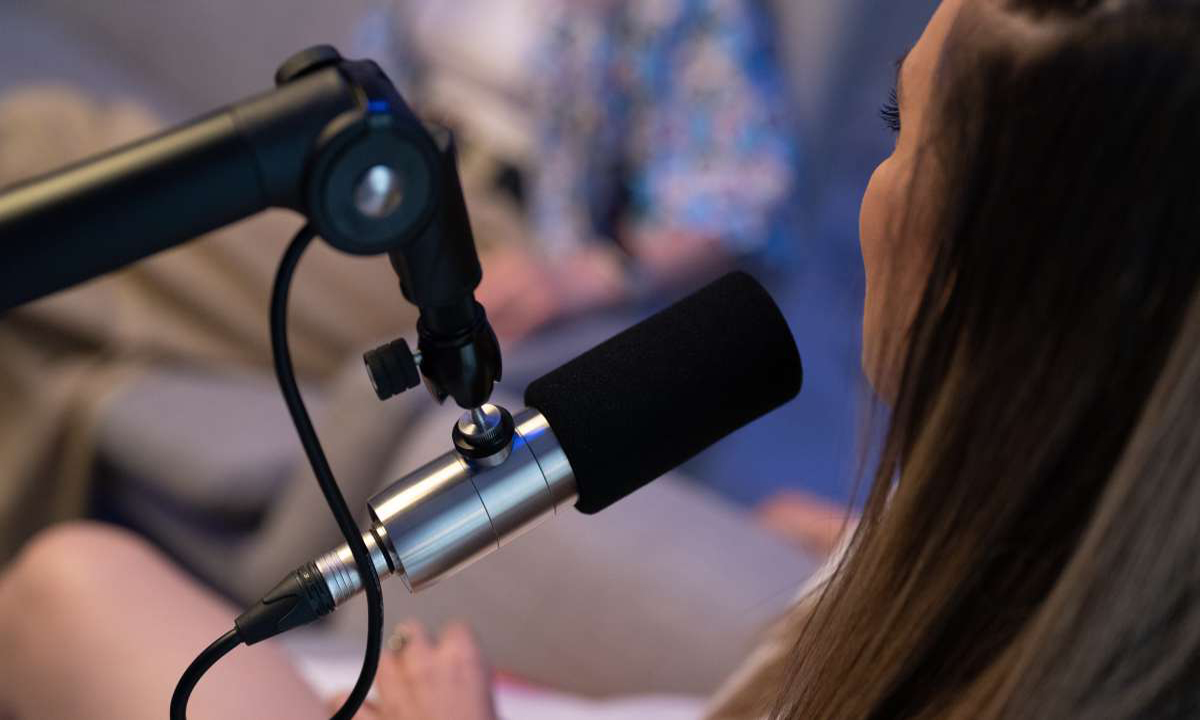Autonomous Sensory Meridian Response (ASMR) is a phenomenon characterized by a pleasant, tingling sensation in the head, neck, and sometimes throughout the entire body in response to certain stimuli, such as whispers, tapping, or soft sounds. While ASMR has gained popularity in recent years as a means of relaxation and stress relief, its medical background is still not fully understood.
Research into ASMR is limited, but there is evidence to suggest that it may be related to the release of endorphins, the body’s natural painkillers, and other feel-good chemicals such as oxytocin and serotonin. In a 2018 study published in the journal PLOS ONE, researchers found that people who experience ASMR have significantly higher levels of these chemicals in their blood compared to those who do not.

Another theory is that ASMR may be related to synesthesia, a neurological condition in which different sensory experiences are blended together. Some people with ASMR report experiencing sensations that are similar to synesthesia, such as seeing colors or feeling textures in response to certain sounds or stimuli.
There is also evidence to suggest that ASMR may have therapeutic benefits for certain medical conditions. In a 2015 study published in the journal Frontiers in Psychology, researchers found that participants who experienced ASMR reported significant reductions in stress and an improvement in mood compared to a control group. Similarly, a 2017 study published in the International Journal of Mental Health and Addiction found that ASMR videos helped participants with insomnia fall asleep faster and experience a more restful night’s sleep.

Despite these findings, more research is needed to fully understand the medical background of ASMR and its potential therapeutic benefits. However, the growing popularity of ASMR and its perceived benefits have led to increased interest in studying this phenomenon and its potential applications in medicine and therapy.

